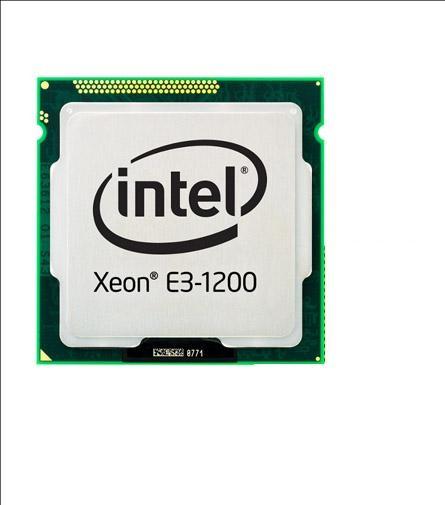As an important goal of high-performance computing, the concept of performance portability has been around for many years. As the failure of Moore's Law, it is no longer feasible to improve computer performance by simply increasing the number of existing hardware. The innovation of high performance computer is imperative, which makes high-performance computers with multiple architectures coexist in the production environment. For example, current high-performance computing nodes often use co-accelerators such like general-purpose GPUs and Intel Xeon Phis to accelerate general-purpose processors. With the flourishing of deep learning, dedicated neural network acceleration chips are also arising. The emergence of co-accelerators with different architectures and their wide application in high-performance computers have challenged the performance portability of programs between high-performance computers with different architectures. This article summarizes the current performance portability technology from the programming model, serial code automatic parallelization, parallel code automatic conversion, etc. at the end of the article, it also summarizes how to use scientific computing function libraries to improve performance and performance portability of a program. Different application scenarios need different implementation technologies to get performance portability. Program developers choose performance portability solutions for their programs. In fact, they balance programming efficiency and optimization effects under various constraints.
翻译:暂无翻译




